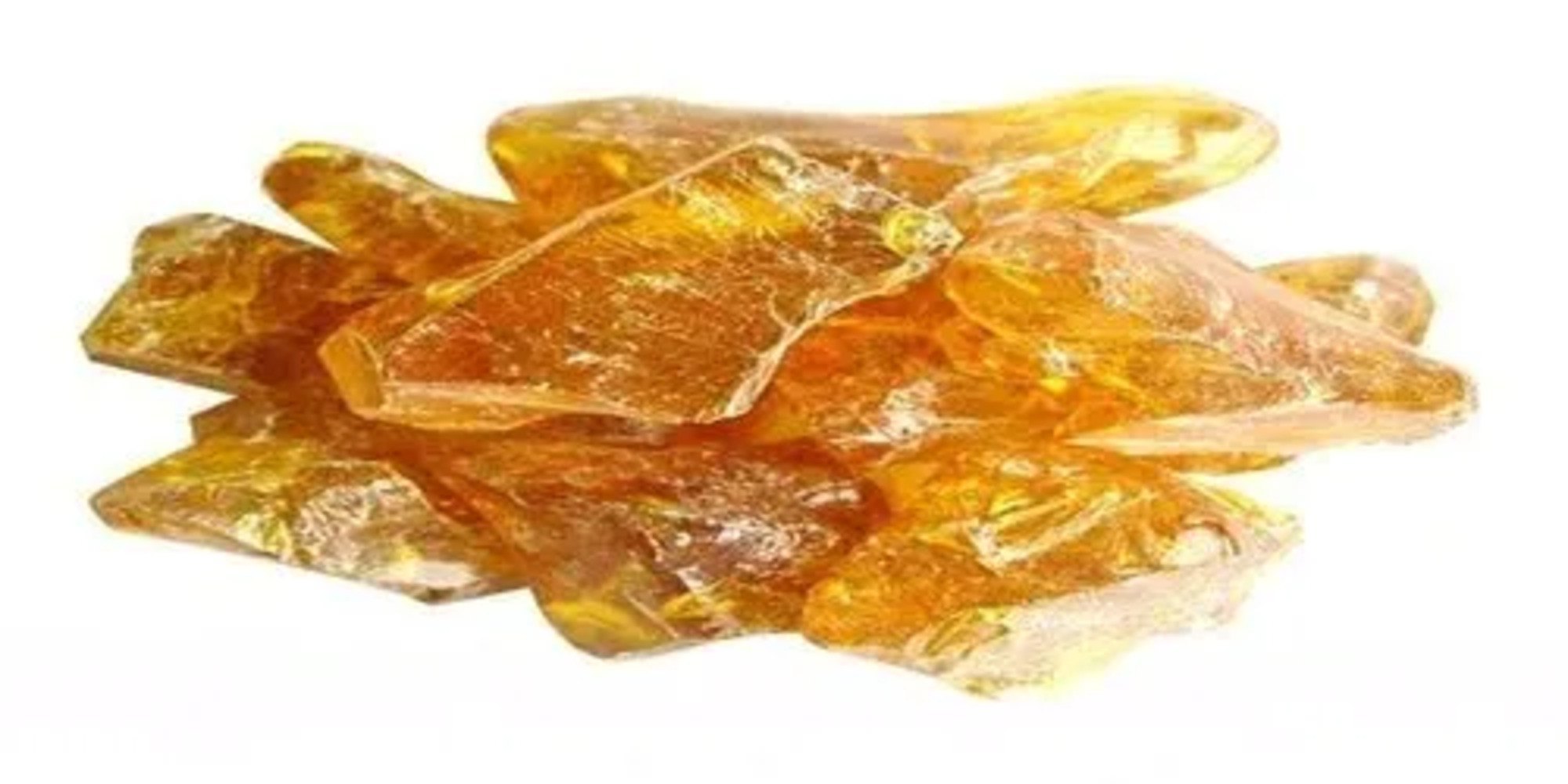
Carbon fiber reinforced polymers (CFRP) or carbon composites have become increasing popular in recent years due to their high strength to weight ratio and corrosion resistance. However, CFRP manufacturing still poses several challenges. One of the most promising solutions is the use of carbon prepreg materials. In this article, we will discuss what carbon prepreg is, its manufacturing process, applications and future prospects.
What is Carbon Prepreg?
Simply put, carbon prepreg is carbon fiber cloth or fabric that has been pre-impregnated with a thermosetting plastic resin. The most common resin used is epoxy. In the prepreg form, the composite material consists of fibrous reinforcement pre-impregnated with partially cured or uncured polymer resin. This allows for easy handling, cutting and Layup operations before final curing.
The carbon fibers used are typically high strength, high modulus polyacrylonitrile (PAN) or pitch-based fibers. During the prepreg process, the resin is partially polymerized to reach a sticky, almost-solid consistency called B-stage. This stickiness allows for fibers to be accurately placed and cured into complex, high-performance parts. The partial cure also gives prepreg a long out-time at room temperature before final curing.
Manufacturing of Carbon Prepreg
There are three main methods used to manufacture carbon prepreg - Hot Melt, Solvent Dip and Hot-Shelling.
In the hot melt process, dry carbon fibers are passed through a bath of molten uncured resin which is then cooled to form the B-stage resin matrix. For solvent dip prepreg, the dry fibers are pulled through a resin/solvent solution. The solvent is later evaporated, leaving the B-stage resin cohesively bonded to the fibers.
Hot Shelling involves spraying or roller coating an uncured liquid resin formulation onto dry fibers supported on a carrier film. The resin is then partially cured using heat to form the tacky B-stage material. Precise resin content and fiber volume can be achieved through close control of process parameters.
Quality control during prepreg manufacture is critical to ensure uniform resin distribution and fiber impregnation. Precise resin content, fiber volume fraction and B-stage resin properties determine the end laminate performance. Automated production lines can produce prepreg in wide tapes, narrow strips or customized forms.
Applications of Carbon Prepreg
With its outstanding strength and processing advantages over dry fabrics, carbon prepreg finds application across many industries:
- Aerospace: Carbon prepreg is widely used to manufacture primary aircraft structures like fuselages, wings and empennages due to its high strength to weight ratio. It replaces traditional aluminum in newer aircraft.
- Automotive: Formula one cars, supercars and electric vehicles extensively employ carbon composite body panels, chassis components and drive shafts to reduce weight.
- Marine: Racing boats, superyachts, sailboats and ship hulls employ prepreg composites for their light weight and corrosion resistance in marine environments.
- Wind energy: Carbon prepreg is used to produce massive composite wind turbine blades up to 75 meters in length. Blades with sandwich construction help optimize strength and mass.
- Sports equipment: Golf clubs, tennis rackets, bicycle frames all exploit the strength and vibration-damping properties of carbon prepreg.
- Infrastructure: Civil structures like bridges, tunnels and wind turbines employ carbon composites for their durability and seismic resistance.
Future Outlook and Challenges
With projections estimating the carbon fiber composites market to grow over 7% annually to $15 billion by 2025, Carbon Prepreg manufacture has excellent prospects. However, high raw material and processing costs still hinder widespread adoption. Some challenges include:
- Cost reduction: Innovations to lower the cost of carbon fibers and resins along with faster, more automated production are required.
- Process optimization: Resin transfer molding and out-of-autoclave curing techniques aim to reduce curing times and capital costs for large parts.
- Recyclability: Developing effective recycling processes for carbon prepreg scrap and end-of-life parts will be important from an environmental perspective.
- Quality assurance: Standardized testing procedures and specifications are essential as prepreg composites replace traditional materials across industries.
With its advantages of in-process fiber placement, carbon prepreg has made CFRP manufacture more accessible. As applications proliferate and technology evolves to address current challenges, carbon prepreg certainly seems poised to play a major role in materials of the future. Wider adoption will depend on successfully driving down costs through innovation. Overall, it is clear that carbon prepreg presents enormous potential.
Get More Insights On This Topic: https://www.ukwebwire.com/carbon-prepreg-reinforcing-tomorrows-innovations/




























